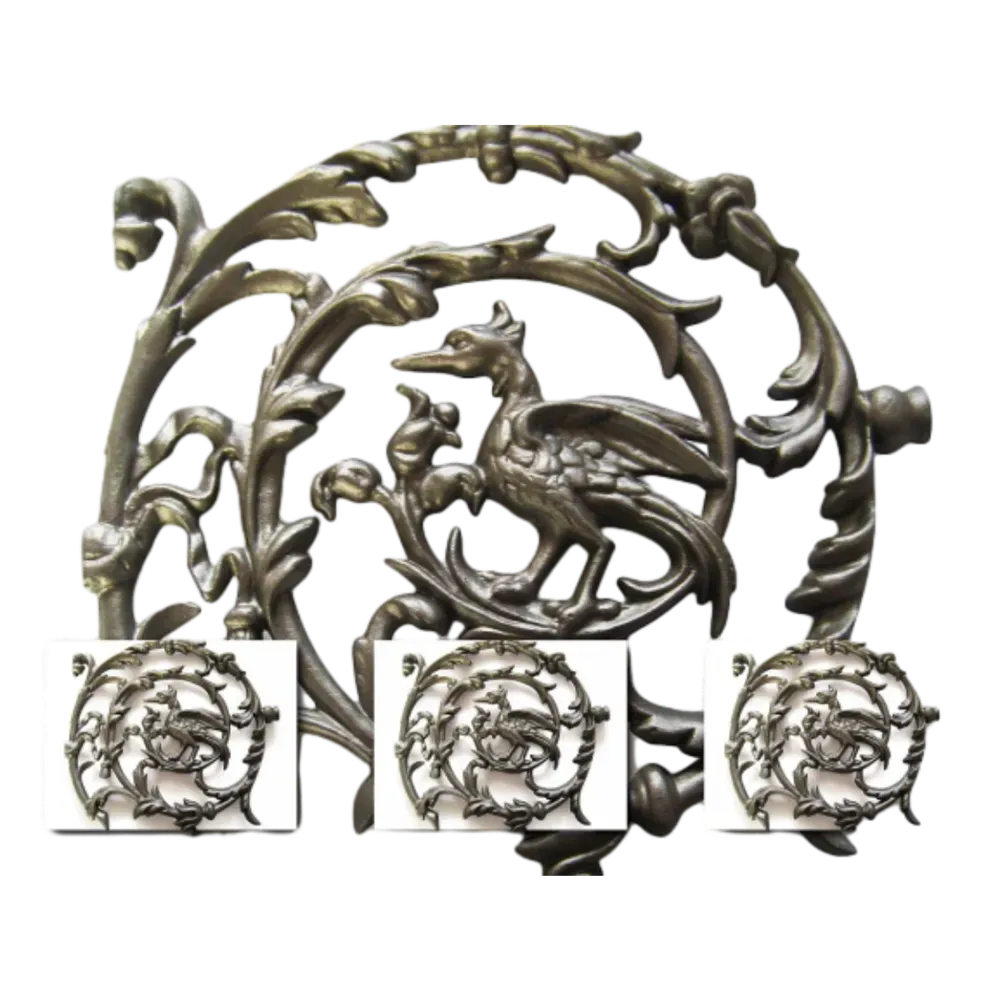Sliding Door Roller Selection Guide for Smooth Operation and Installation Tips
The Essential Guide to Sliding Door Rollers
Sliding doors are increasingly popular in modern architecture and interior design, prized for their space-saving convenience and aesthetic appeal. At the heart of their functionality lies an often-overlooked component the sliding door roller. This article delves into the significance of sliding door rollers, the different types available, and tips for maintenance and replacement.
Understanding Sliding Door Rollers
Sliding door rollers are the small mechanical components that enable the smooth movement of sliding doors along their track. They typically consist of a wheel that runs on a track installed at the top or bottom of the door frame. Depending on the design, sliding door rollers can be located either at the top or the bottom of the sliding door, and their functionality significantly impacts the overall performance of the door.
The primary role of these rollers is to allow the door to glide effortlessly. Over time, however, wear and tear can result in the rollers becoming damaged or malfunctioning, leading to difficult or noisy door operation. Therefore, understanding the components involved is crucial for homeowners and builders alike.
Types of Sliding Door Rollers
There are several types of sliding door rollers, each designed for specific purposes. Here are the most common
1. Top-Mounted Rollers These rollers are fixed to the top of the sliding door and ride along a track mounted above the door frame. This design is often used for interior sliding doors and offers a clean aesthetic, as the rollers are less visible.
2. Bottom-Mounted Rollers Positioned at the bottom of the door, these rollers guide the door along a track that is typically set into the floor. This system is more relevant for heavy-duty doors, such as patio or exterior sliding doors, and can accommodate larger weights.
3. Dual Rollers Some sliding doors use dual rollers for improved stability and weight distribution. These rollers slide along both the top and bottom tracks and are often found in larger sliding patio doors or commercial settings.
4. Ball Bearing Rollers These rollers utilize ball bearings to provide a smoother and quieter operation. They are often preferred for high-traffic areas due to their durability and ability to handle more weight without wearing down quickly.
5. Tandem Rollers These consist of two wheels on a single roller assembly, increasing strength and stability. Tandem rollers are designed to support heavier sliding doors and provide smoother operation.
sliding door roller

Maintaining Sliding Door Rollers
To ensure the longevity of sliding door rollers, regular maintenance is essential. Here are some practical tips
- Regular Cleaning Dirt and debris can accumulate in the roller tracks, leading to blockage and inefficient operation. Regularly inspect and clean the tracks by removing any obstructions with a soft brush or vacuum. A damp cloth can also be used to wipe down the rollers.
- Lubrication Apply a silicone or graphite lubricant to the rollers and tracks periodically to reduce friction. Avoid using oil-based lubricants, as they can attract dirt and grime.
- Adjustment Over time, rollers can become misaligned due to wear. Most sliding doors have adjustable rollers that can be raised or lowered to achieve a proper fit in the track.
- Inspection Regularly inspect the rollers for signs of wear, such as cracks, rust, or deformation. Early detection can prevent more significant issues down the line.
When to Replace Sliding Door Rollers
If maintenance does not resolve performance issues, it may be time to replace the rollers. Signs that replacement is necessary include
- The door is difficult to open or close. - There is excessive noise during operation. - The door appears misaligned in the track.
When replacing sliding door rollers, it is crucial to select the right type for your door. Different doors require different roller designs and sizes, so always refer to the manufacturer's specifications or consult a professional when in doubt.
Conclusion
Sliding door rollers are critical components that greatly affect the functionality and aesthetics of a sliding door system. By understanding their types, maintaining them properly, and knowing when to replace them, homeowners can enjoy the smooth, elegant operation of sliding doors for years to come. Whether you’re installing new doors or maintaining existing ones, paying attention to these essential components will ensure a seamless experience in your home.
-
Wrought Iron Components: Timeless Elegance and Structural StrengthNewsJul.28,2025
-
Window Hardware Essentials: Rollers, Handles, and Locking SolutionsNewsJul.28,2025
-
Small Agricultural Processing Machines: Corn Threshers, Cassava Chippers, Grain Peelers & Chaff CuttersNewsJul.28,2025
-
Sliding Rollers: Smooth, Silent, and Built to LastNewsJul.28,2025
-
Cast Iron Stoves: Timeless Heating with Modern EfficiencyNewsJul.28,2025
-
Cast Iron Pipe and Fitting: Durable, Fire-Resistant Solutions for Plumbing and DrainageNewsJul.28,2025
-
 Wrought Iron Components: Timeless Elegance and Structural StrengthJul-28-2025Wrought Iron Components: Timeless Elegance and Structural Strength
Wrought Iron Components: Timeless Elegance and Structural StrengthJul-28-2025Wrought Iron Components: Timeless Elegance and Structural Strength -
 Window Hardware Essentials: Rollers, Handles, and Locking SolutionsJul-28-2025Window Hardware Essentials: Rollers, Handles, and Locking Solutions
Window Hardware Essentials: Rollers, Handles, and Locking SolutionsJul-28-2025Window Hardware Essentials: Rollers, Handles, and Locking Solutions -
 Small Agricultural Processing Machines: Corn Threshers, Cassava Chippers, Grain Peelers & Chaff CuttersJul-28-2025Small Agricultural Processing Machines: Corn Threshers, Cassava Chippers, Grain Peelers & Chaff Cutters
Small Agricultural Processing Machines: Corn Threshers, Cassava Chippers, Grain Peelers & Chaff CuttersJul-28-2025Small Agricultural Processing Machines: Corn Threshers, Cassava Chippers, Grain Peelers & Chaff Cutters












